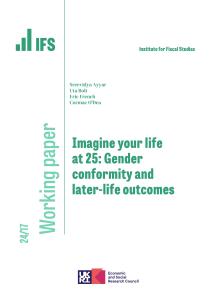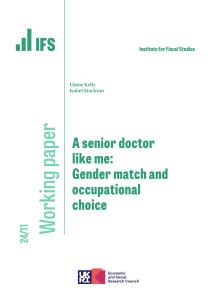How governments should direct money to families with children is a constant topic of political debate. But the complexity of the ever-changing tax and benefit system makes its overall impact on families anything but transparent, and trends in government support for children hard to distinguish.
This report provides a comprehensive, quantitative analysis of trends in child-contingent support from the mid-1970s to the introduction of the new tax credits, and relates this to changes in tax and benefit policy, the characteristics of households with children and the costs of raising children.
Drawing on a large-scale survey spanning the last 28 years, the report analyses entitlements to child-contingent taxes and benefits for thousands of households with children. It:
- examines how support has varied across households and over time;
- separates the impact of policy from socioeconomic changes;
- compares government support for children with available estimates of the actual costs of children.
Supporting families is aimed at students, academics, practitioners and policy makers in the field of family policy and welfare reform, and all those who wish to improve their understanding of how the tax and benefit system treats families with children.









